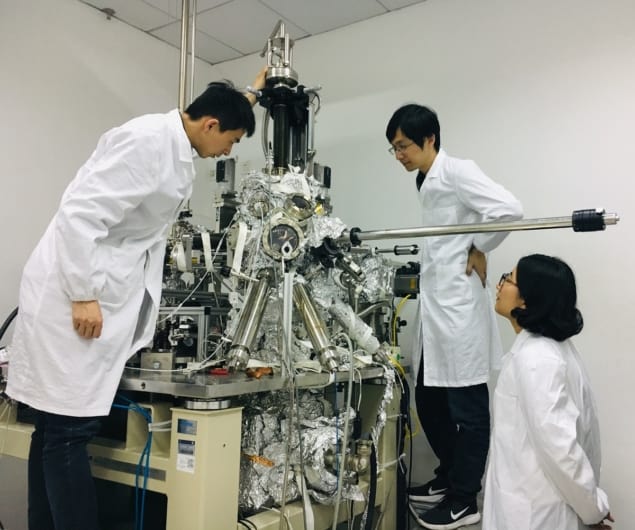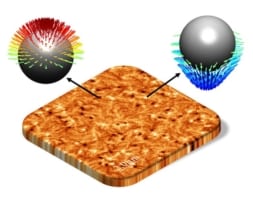
There is a huge race to develop quantum computers for their enormous potential applications. Theory predicts that they can perform certain algorithms, such as factoring numbers or search algorithms, much faster than classical computers. Quantum computers would not only revolutionize informatics but would impact many areas of life, for example economics and communication, as well. Now a team of scientists at Fudan University led by Donglai Feng and Tong Zhang, in collaboration with the group of Zhongxian Zhao and Xiaoli Dong at the Institute of Physics of the Chinese Academy of Sciences, have made a big step towards quantum computers. For the first time they have measured the theoretically predicted value for the conductance of Majorana zero modes (MZM) – potential building blocks of a quantum computer – inside the cores of the vortices formed by a superconductor’s current.
Zeroing in on Majorana modes
MZMs are zero-energy excitations in a topological superconductor, a material where the surface states differ from the bulk. They are their own antiparticles: if two of them meet, both of them disappear leaving behind only energy. This special property makes them ideal for topological quantum computing.
The main advantage of topological quantum computers is that they are robust against errors. In these devices quantum information is encoded in a pair of spatially well separated Majorana zero modes, and this “nonlocal” storage of information is quite robust – most error mechanisms can only give local perturbations and cannot affect nonlocal storage of information. As a result, while standard quantum computers accumulate errors from random fluctuations over time, topological quantum computers are “topologically protected” meaning only large impacts can cause errors. It is like billiard balls in the triangle: you have to shake them really hard for the balls to pop out and change positions.
It should be possible to detect the exact conductances of MZMs using tunnelling spectroscopy. Here an ultrasharp conducting tip is placed very near the surface under an electric field so electrons that would not normally cross the insulating gap between tip and surface “tunnel” across. Previously, researchers could only find a peak at zero energy in the conductance spectrum of vortex states. Although this would imply the presence of an MZM, the height of the peak was lower than expected from theory.
Confirming theoretical predictions exactly
Feng, Zhang, Zhao and Dong and their co-workers used iron selenide superconductors, more specifically (Li0.84Fe0.16)OHFeSe, which is a type-II superconductor. When put in a magnetic field, type-II superconductors form electric vortices. The scientists measured the MZMs bound to the centre of these vortices using scanning tunnelling microscopy. From the current and voltage between the surface of the material and the tip, they could calculate the conductance of states underneath the tip. They found that the value was exactly what the theory had predicted.

Niobium telluride could be a topological superconductor
The team managed to establish a strong coupling to the MZM for the first time. This enabled them to measure conductance peaks with the height that theory predicts, which gives much more compelling evidence for an MZM. Moreover, the strength of the coupling is also related to how well they can control the MZM, and how precisely they can measure its properties. Strong coupling is essential to perform quantum computing operations.
There is still a long way to go to build topological quantum computers, but the team has shown that iron selenide superconductors are excellent candidate materials. The next steps are to find a way to control and perform calculations using MZMs.
Full details of the research are reported in Chinese Physics Letters.



